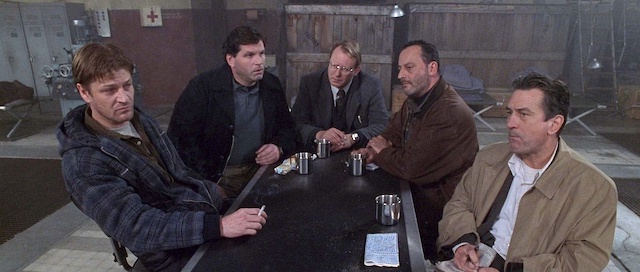Wants and Needs: Why Readers Love Your Sleuth

Do You Know the Difference Between Your Character’s Wants and Needs?
Every character needs a goal in your story. Characters bring those goals to each scene you write. When another character pushes back on the goal, you have conflict. Conflict keeps readers in suspense. Suspense keeps readers reading.
But each character has two goals. You can classify those goals as wants and needs. The more important your character, the better you need to understand and present those goals in your story. Because without goals and without conflict, your story will be thin and your characters flat.
For a mystery writer, the sleuth is the character who guides the reader through the puzzle. When you understand the dual nature of wants and needs and weave them together in the story your reader will care. They will care about solving the mystery and care about your sleuth.
Wants and needs push the plot and deepen characterization. Let’s take a look at how they work in your story.
Character Wants
Character wants drive the story. For mysteries the want is straightforward: your sleuth tries to solve the mystery puzzle.
Approach your character’s wants as you create the plotline for your mystery.
- A want is an external goal. For your sleuth, the goal is to solve the puzzle.
- The want is known to your character. You sleuth does not miss the point of the ultimate goal.
- Want drives plot. Discovering the murderer is the prime goal of a mystery. Each step in the plot drives your sleuth closer to solving the puzzle. Each conflict is trouble along the way. From lying suspects to red herrings that lead down a false trail, your sleuth knows the goal.
- The want leads to hijinks. Fun for writers is creating obstacles and conflict that thwart the sleuth. Fights. mad capers, and battles of wit are driven by the sleuth’s desire to reach the goal.
- The goal is unique to the character. This sleuth must solve this puzzle in this story.
Mystery writers thrive on character want. Without the eternal goal there would be no story.
Character Needs
Character needs drive your character. Needs create the emotional link to your reader that make them care about your characters.
As you work through your character background, your character’s need is a key component of what makes them tick.
- A need is internal. It’s that thing that nags them, always at the back of their mind. It’s also drives them to make bad decisions.
- Unlike a want, a need may be unknown to your character. Or, they may know the need, but reject it. For example, all the time your character thinks they can make it on their own, the need support and even help from others. You can develop conflicts aplenty with an unknown or rejected need.
- Needs drive the story theme. While the outward want in a mystery is to reveal the killer, the theme in a mystery is truth.
- Needs have heart. Needs are the focal point of where the reader connects with your character. And, that’s because…
- Needs are universal. Joy, sorrow, despair, triumph are universal. Your reader understands your character.
Needs tie readers to emotions. Because needs are complex they supply ammunition for the inner struggles your sleuth battles. In a series, needs connect your sleuth over and over again to your reader.
Needs enrich the tone and feel of your mystery and raise the story beyond merely solving the case.
Story master, John Truby in The Anatomy of Story, explains:
The need is what the hero must fulfil within himself in order to have a better life. It usually involves overcoming his weakness and changing or growing in some way.
A Strong Story Has Both Wants and Needs
Character wants are the backbone of plotting a mystery. You sleuth must discover the killer and bring justice. Character needs keep your sleuth from being flat and connect to reader emotions.
Interconnected throughout the story, in the end, wants and needs come together creating a satisfying story. Through the story, the reader learns about their own wants and desires.
Ready to write your mystery? Write A Killer Mystery takes you from story idea to the end.
Photo by Ali Hajian on Unsplash


